|
8 Comments
In recent years,the fashion shows in Milano are getting more and more bizarre--even disturbing. One has to ask, "What does this have to do with presenting great style?" Nothing. It's shock value to grab cheap attention. Perhaps this attitude has always been around concerning high fashion, going back to Helmut Newton's often bloody and kinky photographic scenarios back in the 60s and seventies, for example. But what point was Gucci trying to make with having models carrying their own heads, walking past medical examination tables or having deadpan faced models carry dead baby dragons? What ever happened to beauty, elegance, classic style and timelessness? --GVI Deadpan expressions, or just plain dead? Gucci must be a fan of old Twilight Zone Episodes. Watch the film, The Water Horse to see how we are supposed to treat dragons. 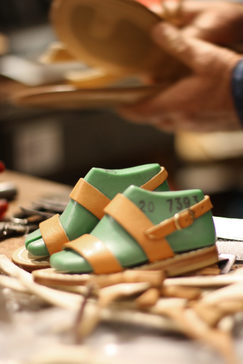 When Voyaging in Campania, one of the best things a woman can bring back is custom made sandals from Capri, Sorrento, Positano, Amalfi (town) or Ravello. While these sandali artigianali shops will have ready-to-wear models, it's more fun to have them make a pattern of your feet, walk around town for a while, and when you return you'll have exactly what you wanted, custom-sized to your feet. They also offer more affordable ready-made soles which can be trimmed out to your personal taste. They have a wide variety of lacing and decorative trimmings, such as Swarovski crystals. 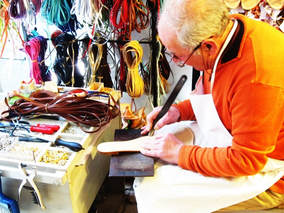 In Capri, arguably the most well-known shop is Canfora (where decades ago, Jackie Kennedy bought hers), although other sandal shops dot the towns of Marina Grande and Ancapri. Keep in mind that the prices for custom sandals in Capri are generally higher than shops in towns along the Amalfi Coast. Sorrento also has many shops, including Sandali Corcione on Corso Italia. In Positano, one of the more popular shops for sandals is Safari, with Nana a close second. --GVI Take a look at Gucci's Ace bee woman's sneakers with platform sole and rows of crystals. Are these really worth $1250? If not, check out the array of bedazzled sneakers on Poshmark.
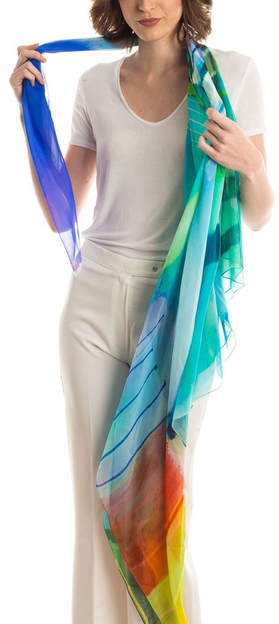 While traveling through Provence in the south of France years ago, I visited an old stone building that a fashion photographer friend of mine bought to convert into his retirement home. The interesting thing about the structure was its 4 corner fireplaces that had been used to heat the building with its two foot thick walls, used for hundreds of years to grow silkworms. Since then I've learned that long before France spun silk threads, Italy had been extracting silk threads from those magical little fluffy moth's larvae since the Middle Ages... The Italian word for silk in Italian is seta. There is a long history of silk-making in Como. The reasons are two-fold: The alpine lakes and streams supply an abundant supply of fresh water crucial in the manufacture of this magical fabric; there is an established agricultural presence of mulberry trees--the preferred food and habitat of silkworms. Silk production using silk worms grown in Italy has been on the rise in recent years. The industry in Italy had suffered a collapse since the 1950s due to cheap prices of silk from Aisa, especially from China. But the price of Chinese silk has been climbing, far surpassing the price of silk threads produced in Italy from Italian-grown silkworms. In years past, buying a silk scarf labeled "Made in Italy" although manufactured in Italy, contained Chinese silk. That is about to change... and the Italian fashionistas are very happy about it. 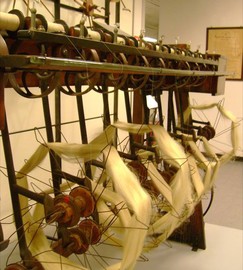 At one time weavers worked by hand on antique looms but nowadays most production is industrialized. Claiming to be the European Capitol of Silk, the nearly 1000 companies in the Como silk industry produce products for the likes of Versace, Valentino and Gucci along with other French fashion names. If you are in the town, picking up a tie, scarf or other fashion accessory made of silk will be a souvenir to be proud of. The over 20,000 locals working in the industry will thank you for investing in their efforts. In Como you will find specialty silk shops and boutiques and several factory stores as well. Look for the names of Mantero, Ratti, Clerici, and Frey... the best Italian silk brands. 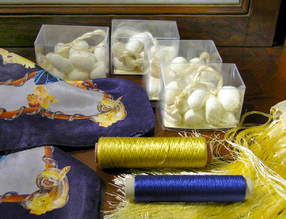 Museo didattico della seta Via Castelnuovo, 9, 22100 Como, 031/303180 www.museosetacomo.com In this museum you will learn about the history of the silk production process in Como. On display are antique equipment including looms, bobbin weavers, color blocks, and other silkscreen devices. There is also a small gift shop. 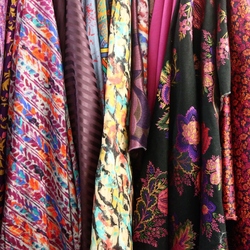 Seteria Ratti Villa Sucota Via di Cernobbio, 19, 22100 Como www.ratti.it Since 1945, when Antonio Ratti founded the Tessitura Serica Antonio Ratti, this enterprise has been one of the leaders in Como’s silk production. You can browse among scarves, ties, and other accessories made for names like Givenchy and Christian Dior. The shop is located on the first floor of their beautiful villa. 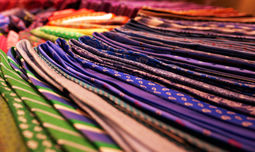 Mantero Outlet via Riccardo Mantero, 4, 22070 Grandate 031/454466 www.mantero.com Mantero is one of the best silks you can buy. Their factory outlet in Grandate offers discount prices on scarves and other accessories with renowned fashion names. Two other Como shops to check out: A.Picci In Seta Where to buy Frey products: FreyComo A Brief History of Silk
The production of silk originates in China in the Neolithic Age (Yangshao culture, 4th millennium BC). Silk remained confined to China until the Silk Road opened at some point during the later half of the first millennium BC. China maintained its virtual monopoly over silk production for another thousand years. Not confined to clothing, silk was also used for a number of other applications, including writing, and the color of silk worn was an important guide of social class during the Tang Dynasty. Silk cultivation spread to Japan around 300 AD, and, by 522 AD, the Byzantines managed to obtain silkworm eggs and were able to begin silkworm cultivation. The Arabs also began to manufacture silk during this same time. As a result of the spread of sericulture, Chinese silk exports became less important, although they still maintained dominance over the luxury silk market. The Crusades brought silk production to Western Europe, in particular to many Italian states, which saw an economic boom exporting silk to the rest of Europe. Changes in manufacturing techniques also began to take place during the Middle Ages, with devices such as the spinning wheel first appearing. During the 16th century France joined Italy in developing a successful silk trade, though the efforts of most other nations to develop a silk industry of their own were unsuccessful. The Industrial Revolution changed much of Europe’s silk industry. Due to innovations on spinning cotton, cotton became much cheaper to manufacture and therefore caused more expensive silk production to become less mainstream. New weaving technologies, however, increased the efficiency of production. Among these was the Jacquard loom, developed for silk embroidery. An epidemic of several silkworm diseases caused production to fall, especially in France, where the industry never recovered. In the 20th century Japan and China regained their earlier role in silk production, and China is now once again the world’s largest producer of silk. The rise of new fabrics such as nylon reduced the prevalence of silk throughout the world, and silk is now once again a rare luxury good, much less important than in its heyday. Currently, the Italian silk industry is about to have a boost with its Italy-grown silkworms, proving to be more cost effective than importing Chinese silk, which has gotten very expensive in recent years. |
On Amazon:
|

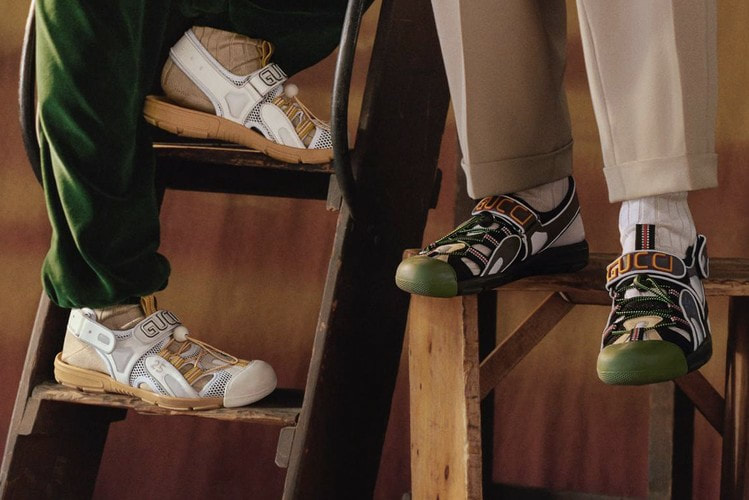
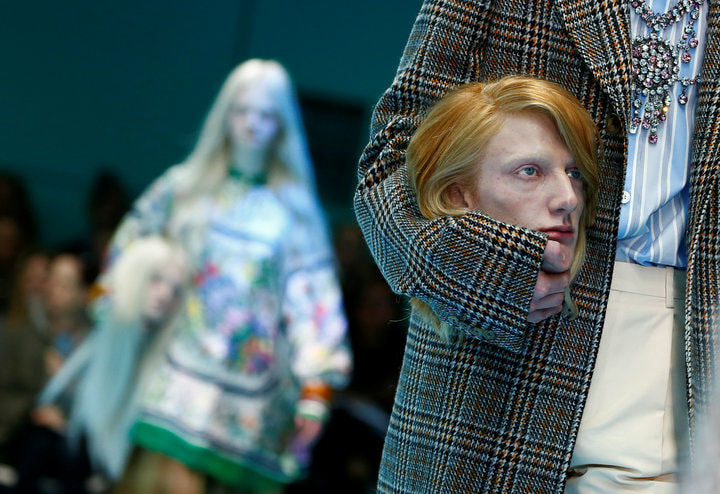
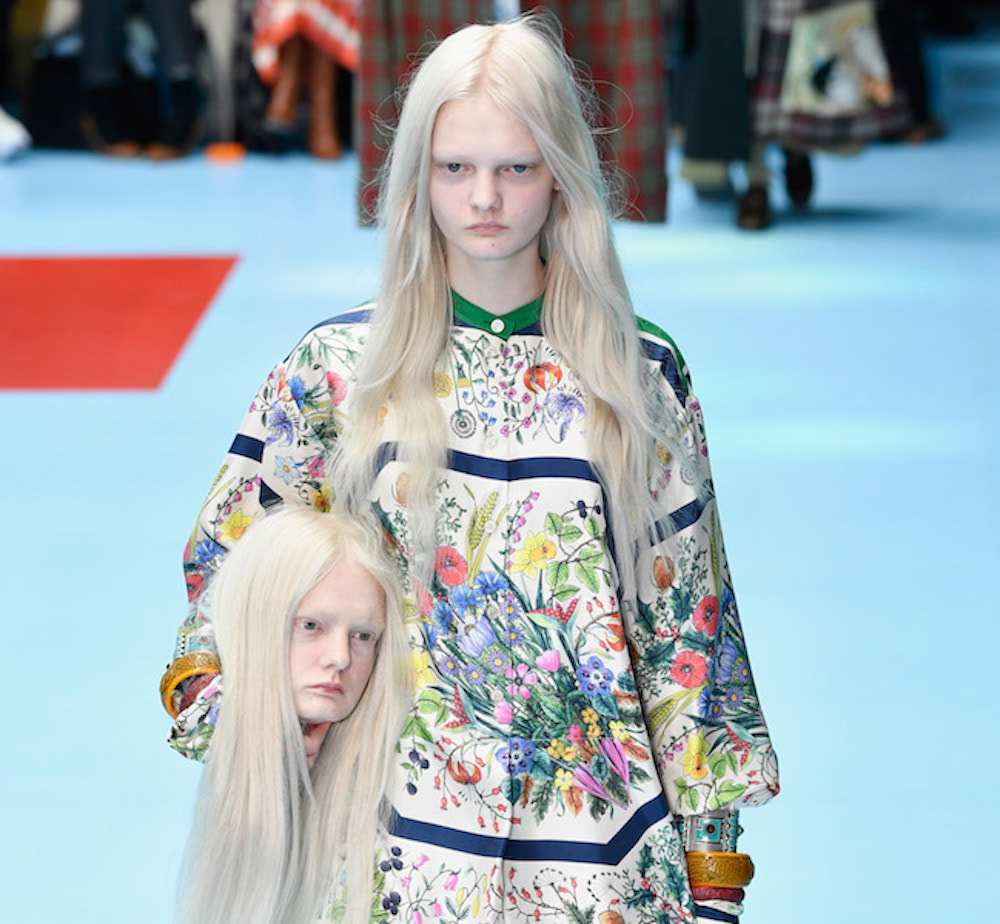
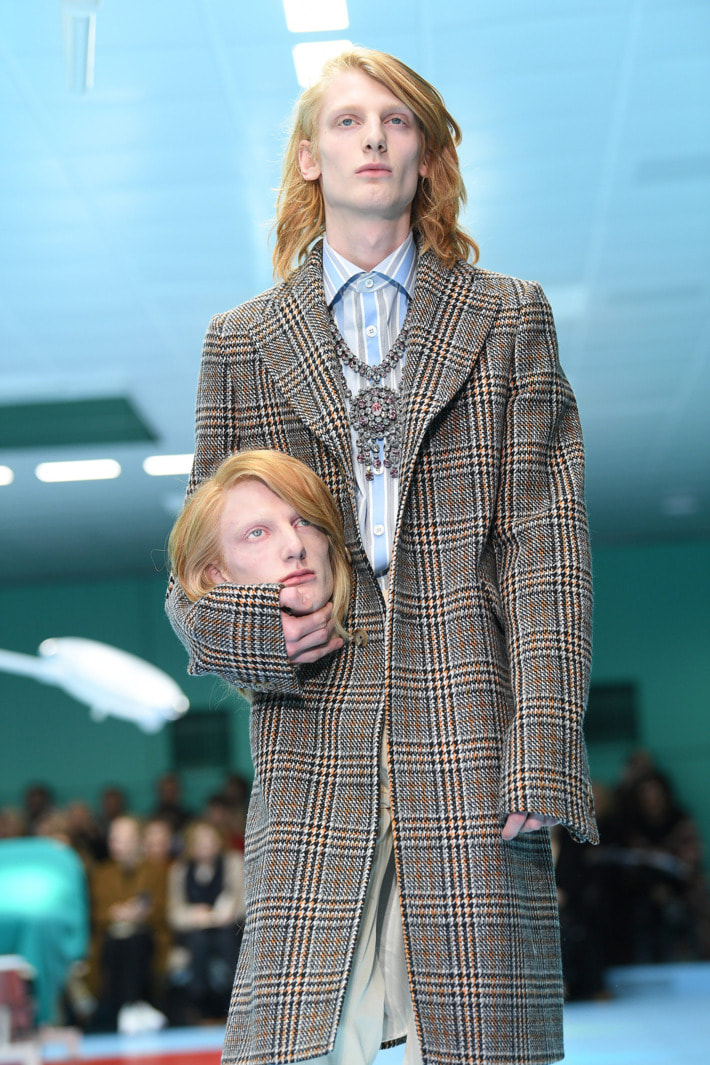
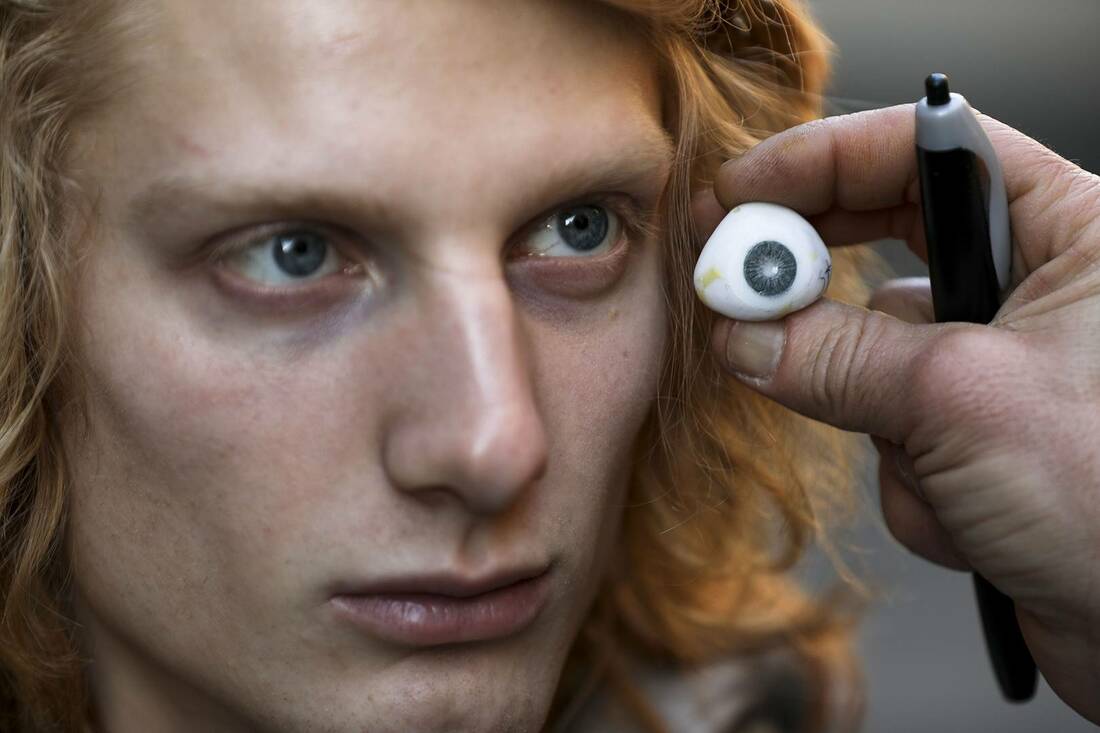
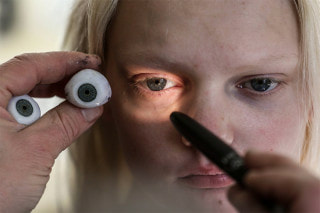


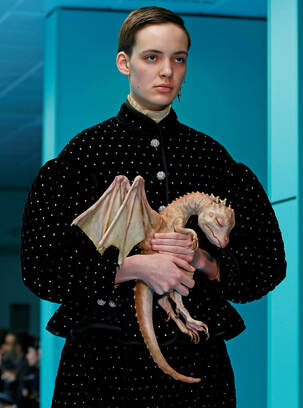
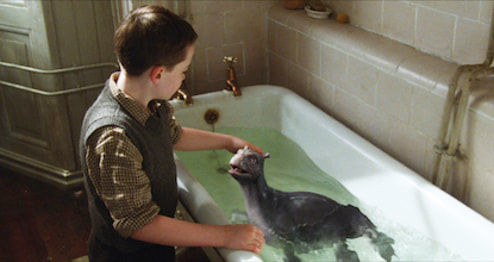
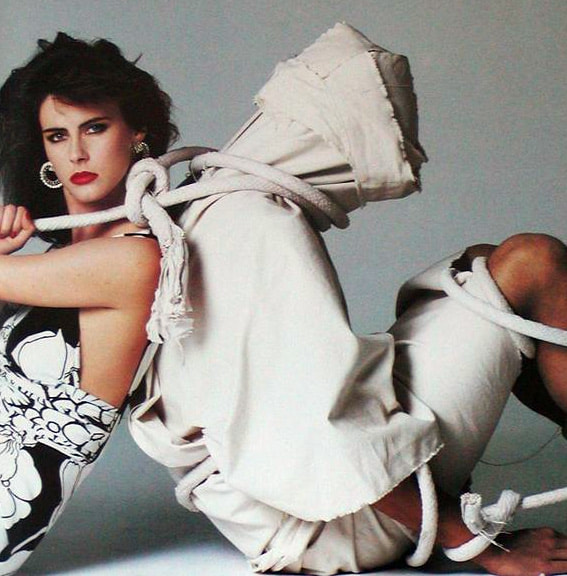
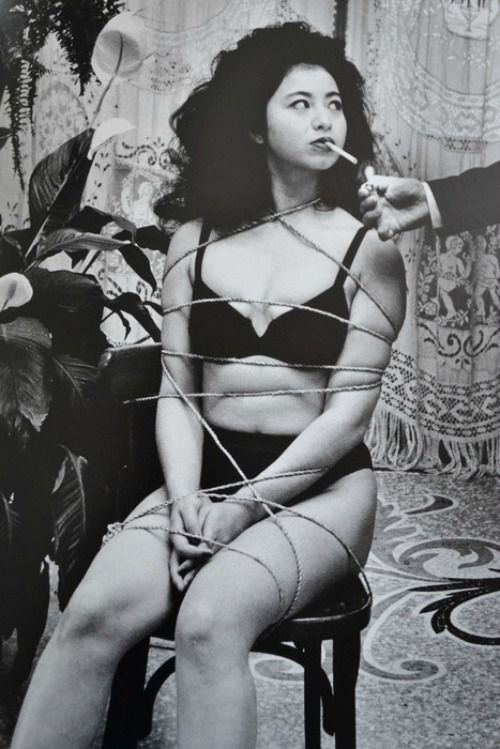
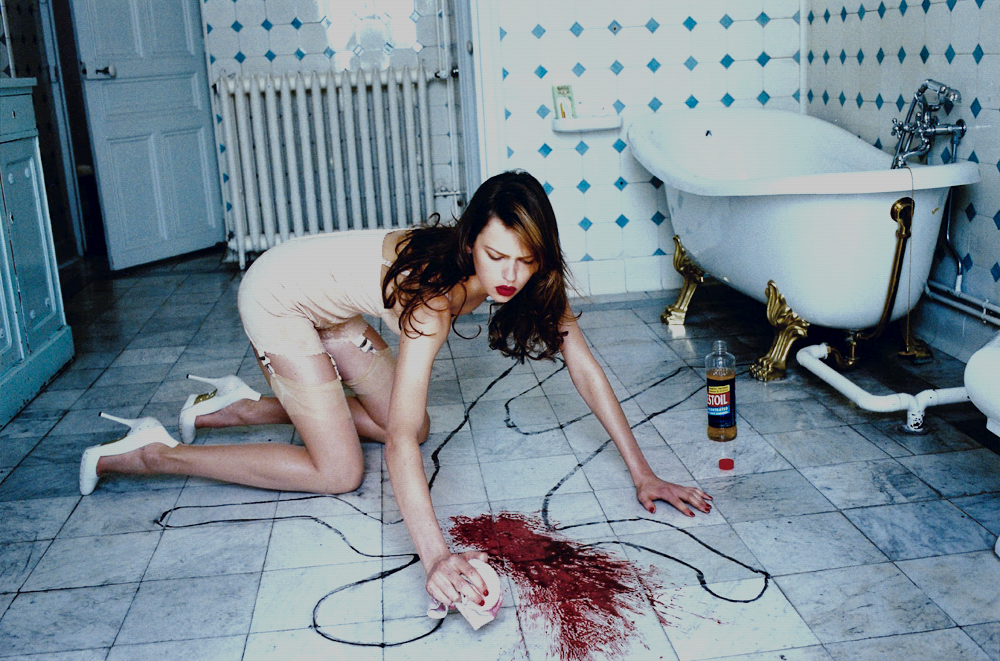

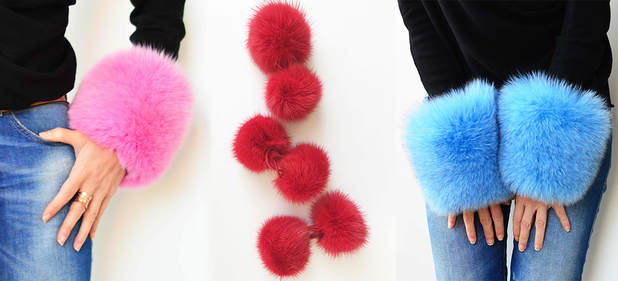
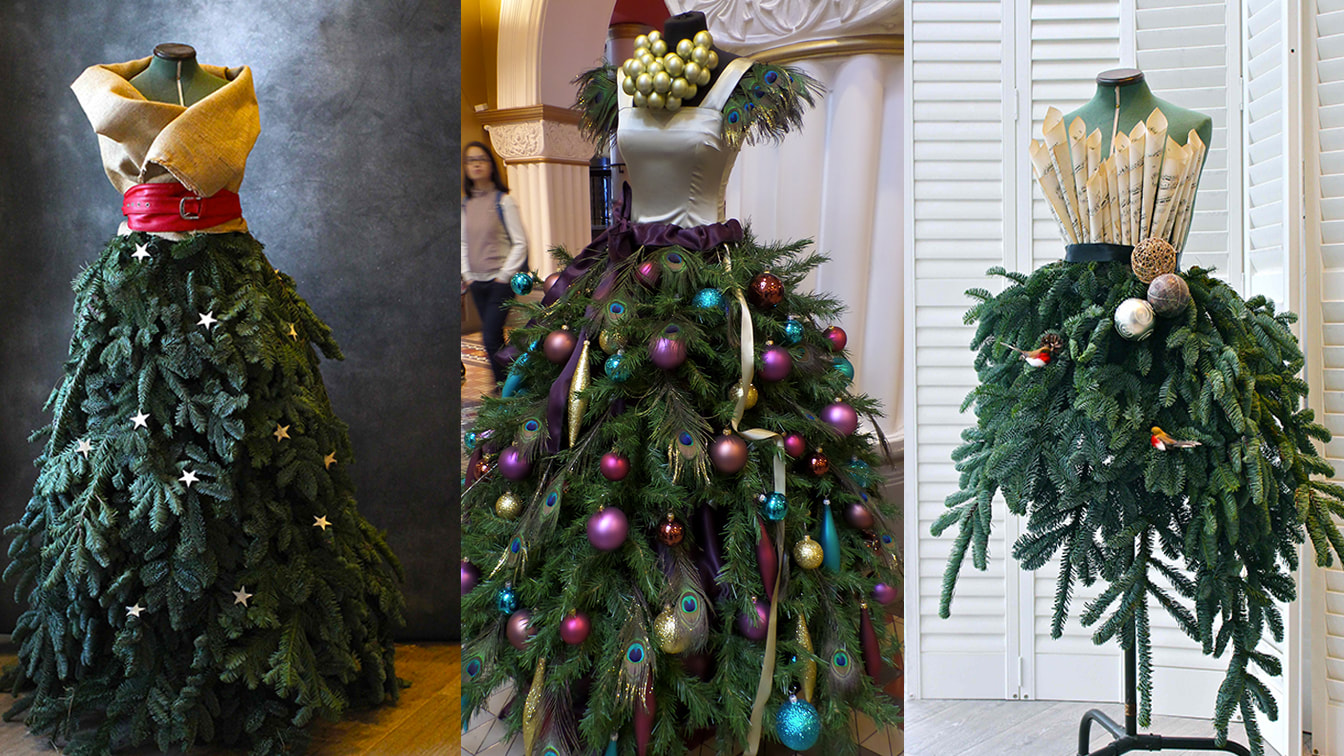

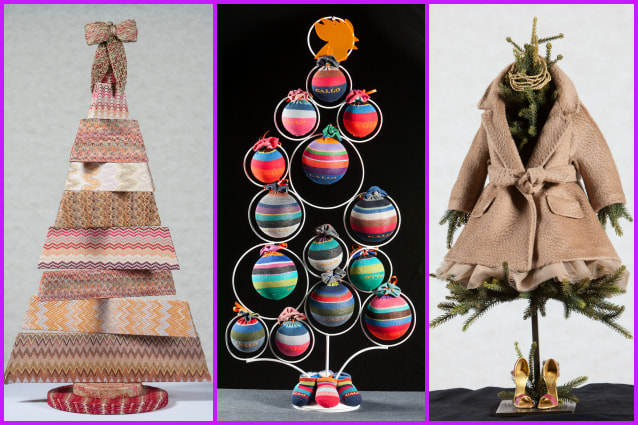
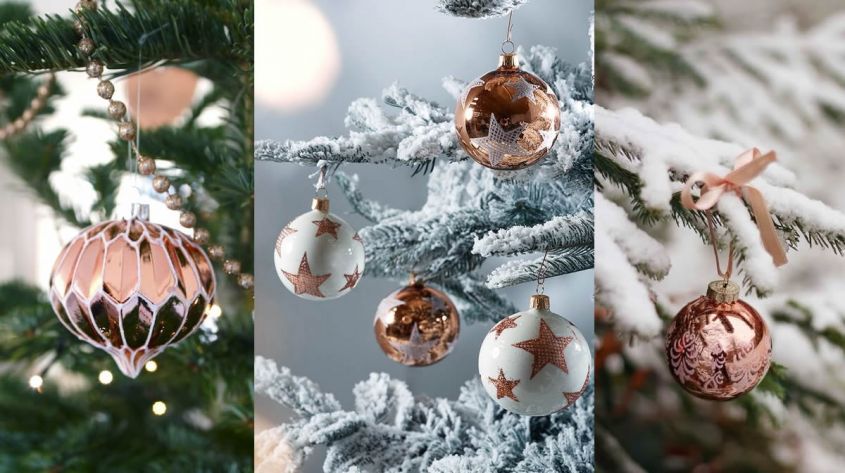
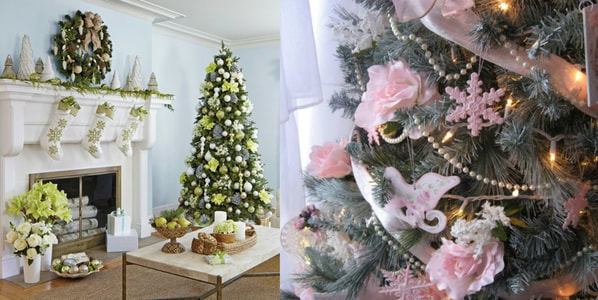
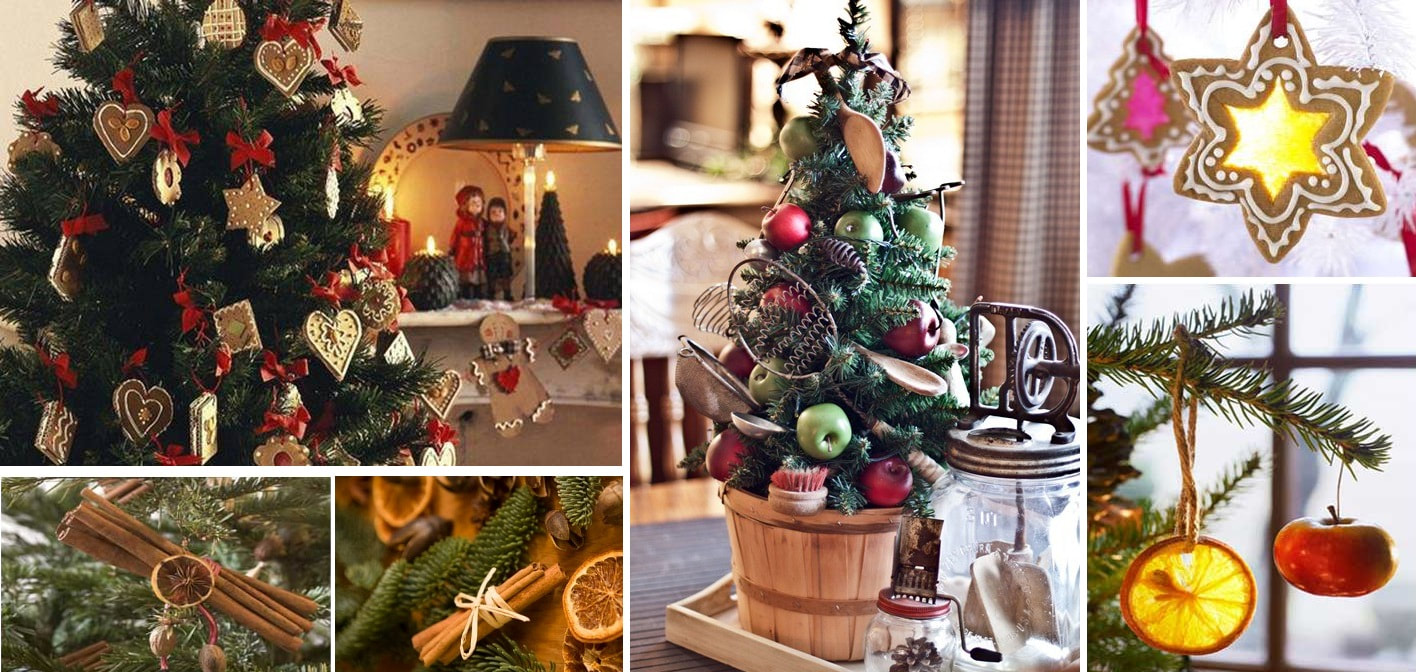

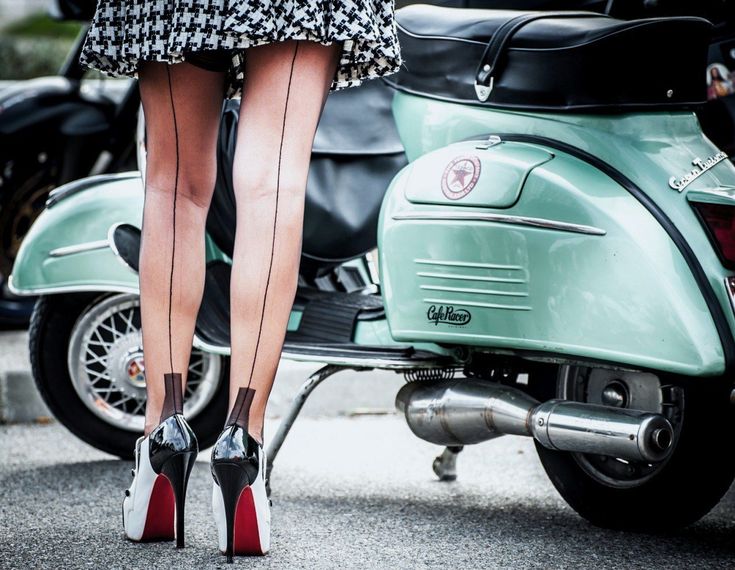
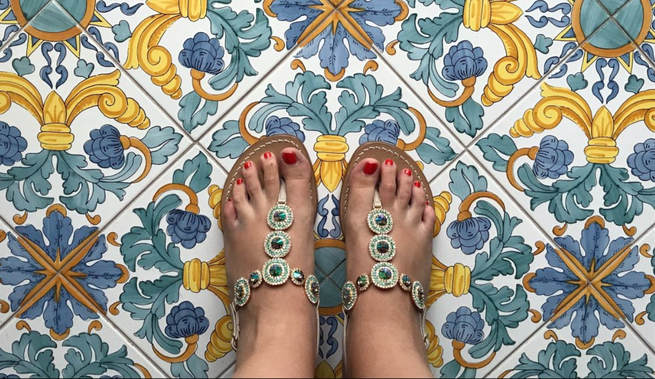
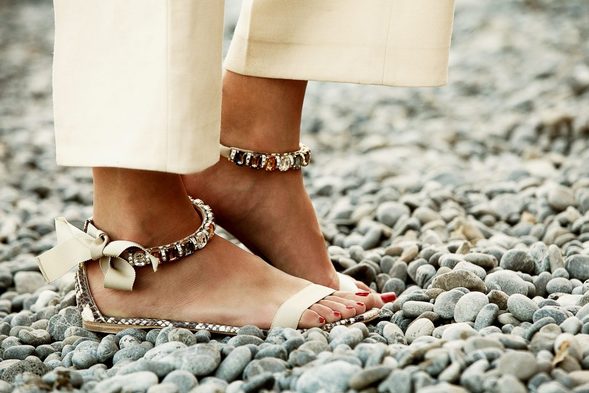
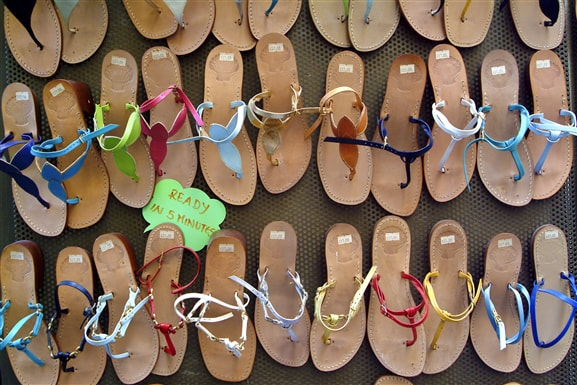
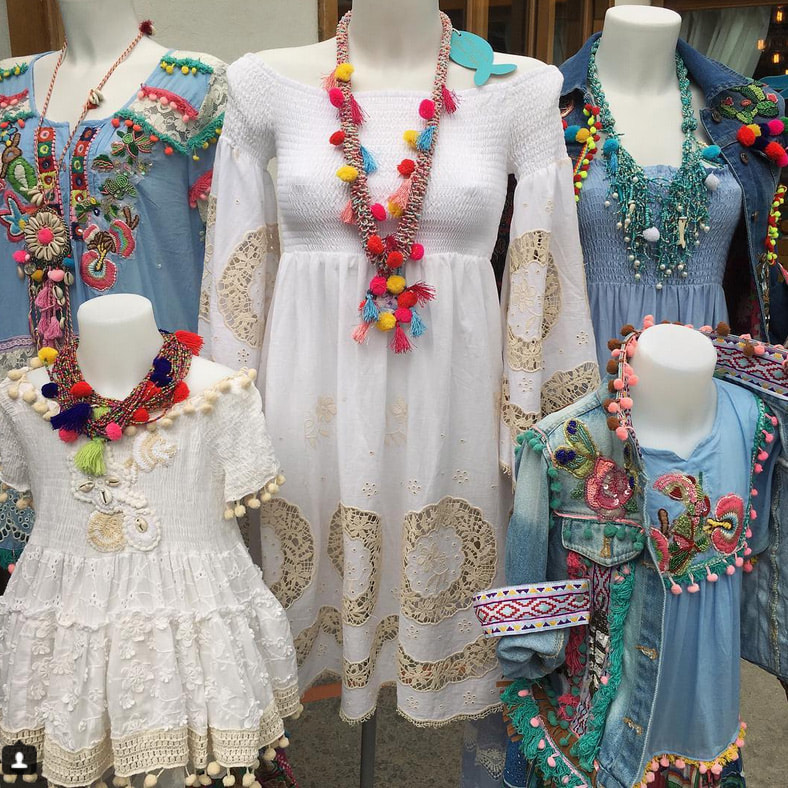
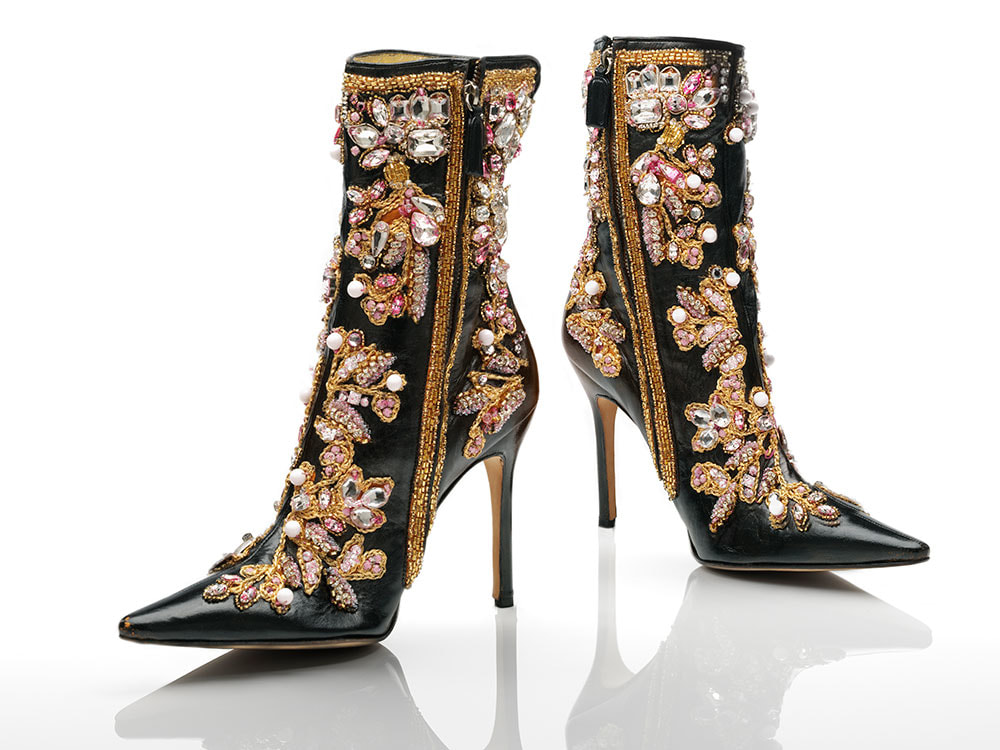
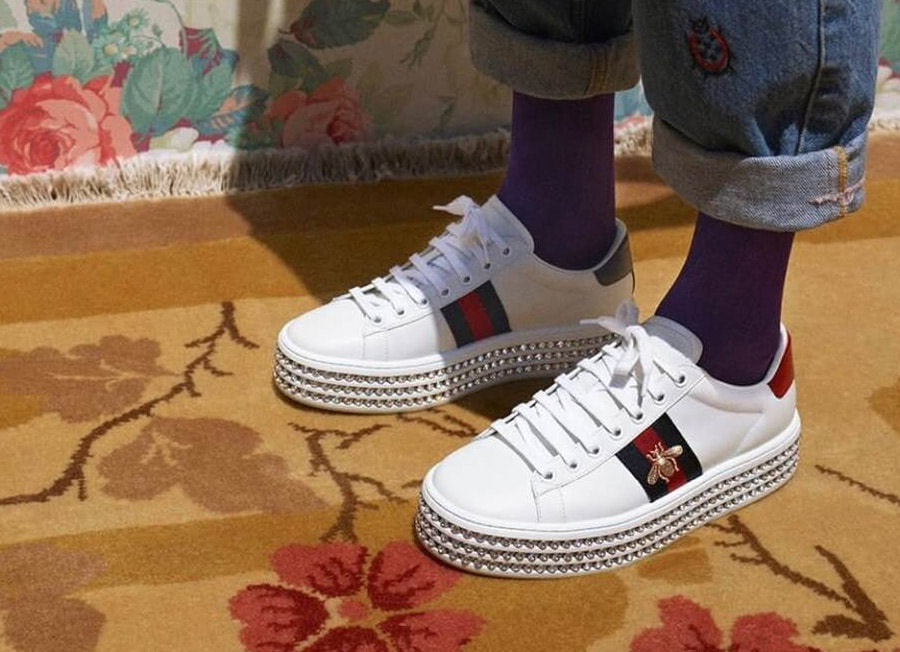
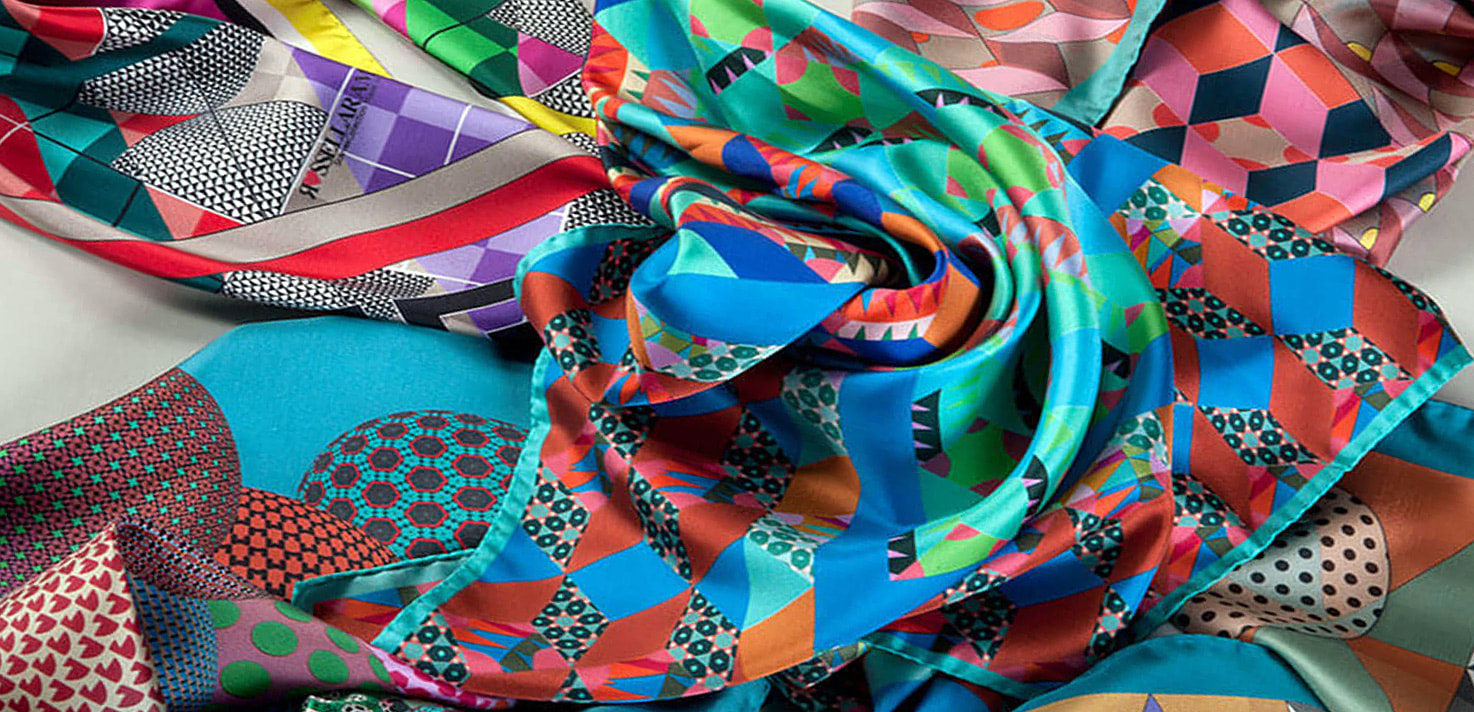
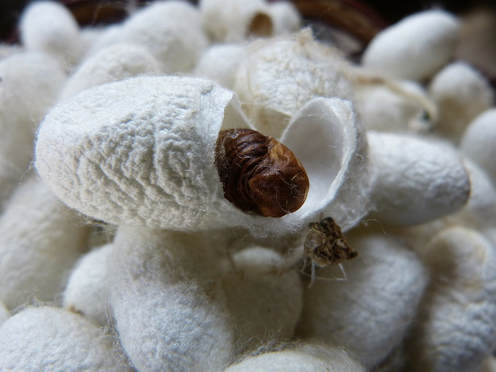
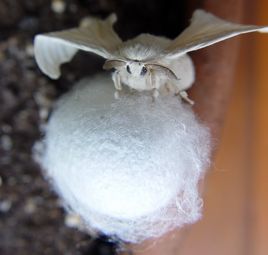

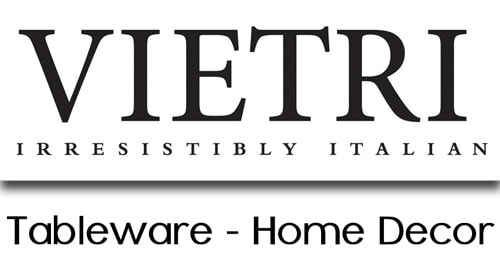

 RSS Feed
RSS Feed
